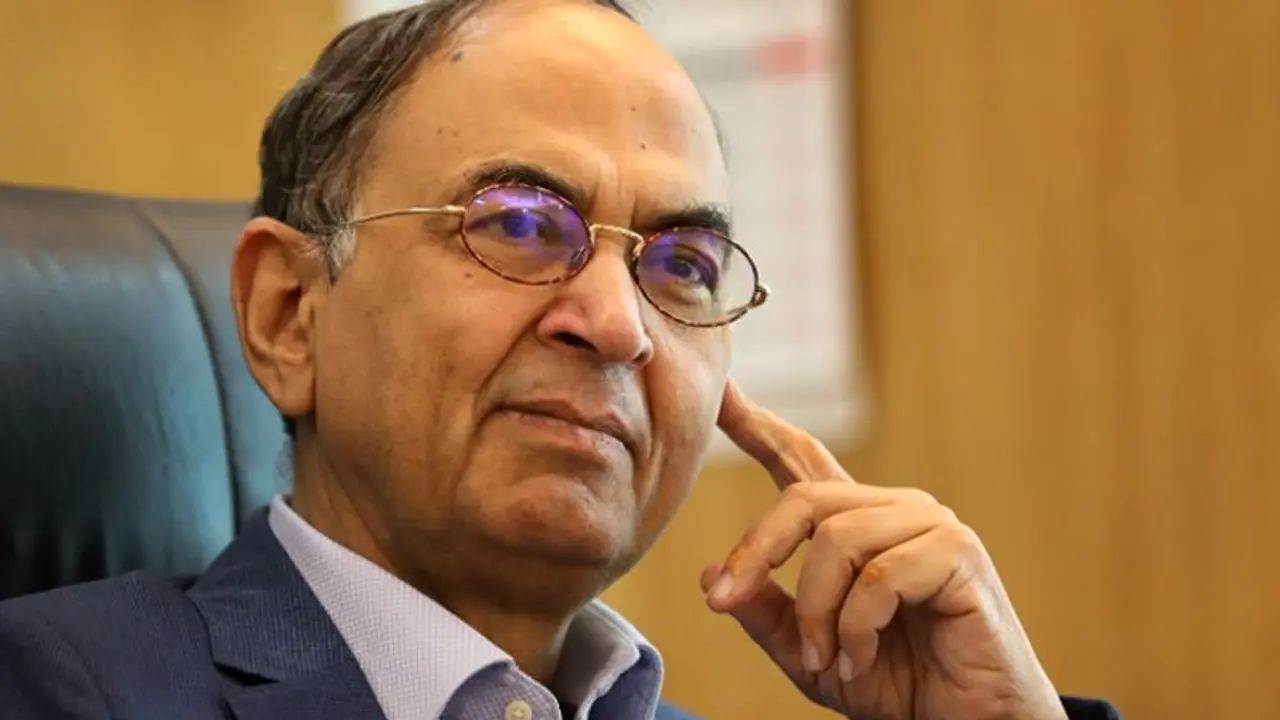“The shift towards sustainable practices not only secures the nation's food security but also sets a global precedent for responsible and eco-conscious agricultural methodologies,” says PS Gahlaut.
Embedded within India's rich cultural tapestry and diverse ecosystems, the agricultural landscape emerges as a vibrant canvas, blending technological strides with the indomitable spirit of its farming community. Recent years have borne witness to a monumental transformation in India's agricultural sector, propelled by a fusion of modern innovations and strategic governmental interventions. Amidst this landscape of change, one visionary initiative, the PRANAM scheme, has risen to prominence. Crafted as a pivotal driver in India's agricultural narrative, PRANAM stands at the forefront among the array of government initiatives aimed at steering the nation's agricultural trajectory toward greater prosperity and sustainability. Lauded by the prominent agricultural expert with an experience of more than three decades, PS Gahlaut, shares, “This program has emerged as a pioneering force driving sustainable agriculture while substantially mitigating the nation's dependency on chemical fertilizers.”\

Understanding PM-PRANAM: A Comprehensive Insight into its Significance
The PRANAM initiative, short for Programme for Restoration, Awareness, Nourishment, and Amelioration of Mother Earth, aims to encourage States and Union Territories to foster the adoption of alternative fertilizers and advocate a more balanced application of chemical fertilizers. Its primary objectives involve promoting a balanced fertilizer regimen, and integrating biofertilizers and organic options while alleviating the financial strain posed by the staggering Rs 2.25 lakh crore subsidy burden on chemical fertilizers in 2022-2023. PS Gahlaut explains, “Notably, this scheme operates without a separate budget, drawing its financial backing from existing fertilizer subsidy savings managed by the Department of Fertilizers, Ministry of Chemicals & Fertilizers. The scheme offers a novel approach, allocating 50% of subsidy savings to states as grants. From this grant, 70% is earmarked for technological adoption of alternative fertilizers and production infrastructure, while the remaining 30% serves as rewards for farmers, panchayats, and other stakeholders fostering fertilizer reduction and awareness.”
Each year, the Department of Agriculture and Farmers Welfare meticulously evaluates the fertilizer demand ahead of the cropping season, communicating the needs to the Ministry of Chemicals and Fertilisers to ensure a seamless supply. The Kharif season, spanning from June to October, stands as a pivotal period, accounting for nearly half of the year's foodgrain production, a third of pulses, and roughly two-thirds of oilseeds, necessitating a substantial amount of fertilizers. Over the past decade, India's fertilizer consumption has averaged about 500 LMT, with the 2020 consumption peaking at around 61 million tonnes, witnessing a significant surge in urea usage. “Notably, India stands as a prominent purchaser of Diammonium Phosphate (DAP) globally and ranks as the world's second-largest consumer and third-largest producer of urea,” quotes PS Gahlaut. The nation annually consumes approximately 33 million tonnes of urea, with nearly 70% sourced domestically and the remaining 30% imported from various countries.
The scheme was introduced in response to escalating demand for the four primary fertilizers—Urea, DAP (Di-ammonium Phosphate), MOP (Muriate of potash), NPKs (Nitrogen, Phosphorus, and Potassium)—which surged by 21% between 2017-2018 and 2021-2022. This heightened demand led to an upsurge in government expenditure on subsidies due to the increased reliance on fertilizers over the past five years. To alleviate the financial strain on the exchequer, the scheme aims to curtail the use of chemical fertilizers. In the fiscal year 2022-23, the government earmarked Rs 1.05 lakh crore for this purpose, although projections suggest the fertilizer subsidy might surpass Rs 2.25 lakh crore during this period. “The cornerstone of the PRANAM scheme lies in its steadfast commitment to promoting sustainable agricultural practices,” added Parvinder Singh Gahlaut. The widespread reliance on chemical fertilizers has ushered in a cascade of adverse impacts on the environment. Their excessive application has led to soil degradation, depleting essential nutrients and disrupting the delicate microbial balance crucial for healthy ecosystems. Prolonged use has rendered certain soils acidic, hampering agricultural productivity in the long term.
A Glimpse into the Future
Gradually reducing subsidies on chemical fertilizers can pave the way for wider adoption of alternative or bio-fertilizers, stimulating their usage within agricultural practices. Offering incentives by establishing favorable margins on bio-fertilizer sales would incentivize sales and strengthen distribution networks.
“Drawing from lessons learned during Sri Lanka's food crisis, it becomes evident that demonstrating the efficacy of alternative fertilizers in actual farming scenarios is crucial for showcasing their potential in enhancing productivity,” cites PS Gahlaut. Certifying these products properly would empower farmers or their associations to command better prices. Furthermore, the government's announcement in Budget 2023-24 about setting up 10,000 Bio-Input Resource Centres within the next three years aims to bolster infrastructure, creating a decentralized national network for manufacturing micro-fertilizers and pesticides.
As India embarks on this transformative journey propelled by the PRANAM scheme, it stands poised to redefine its agricultural landscape. In essence, the PRANAM scheme represents a beacon of hope, heralding a new era in Indian agriculture—one rooted in sustainability, environmental stewardship, and the holistic well-being of its farming communities. As its impact continues to unfold, it serves as a testament to the power of visionary initiatives in shaping a brighter, greener future for generations to come.
Disclaimer: This is a featured content...
